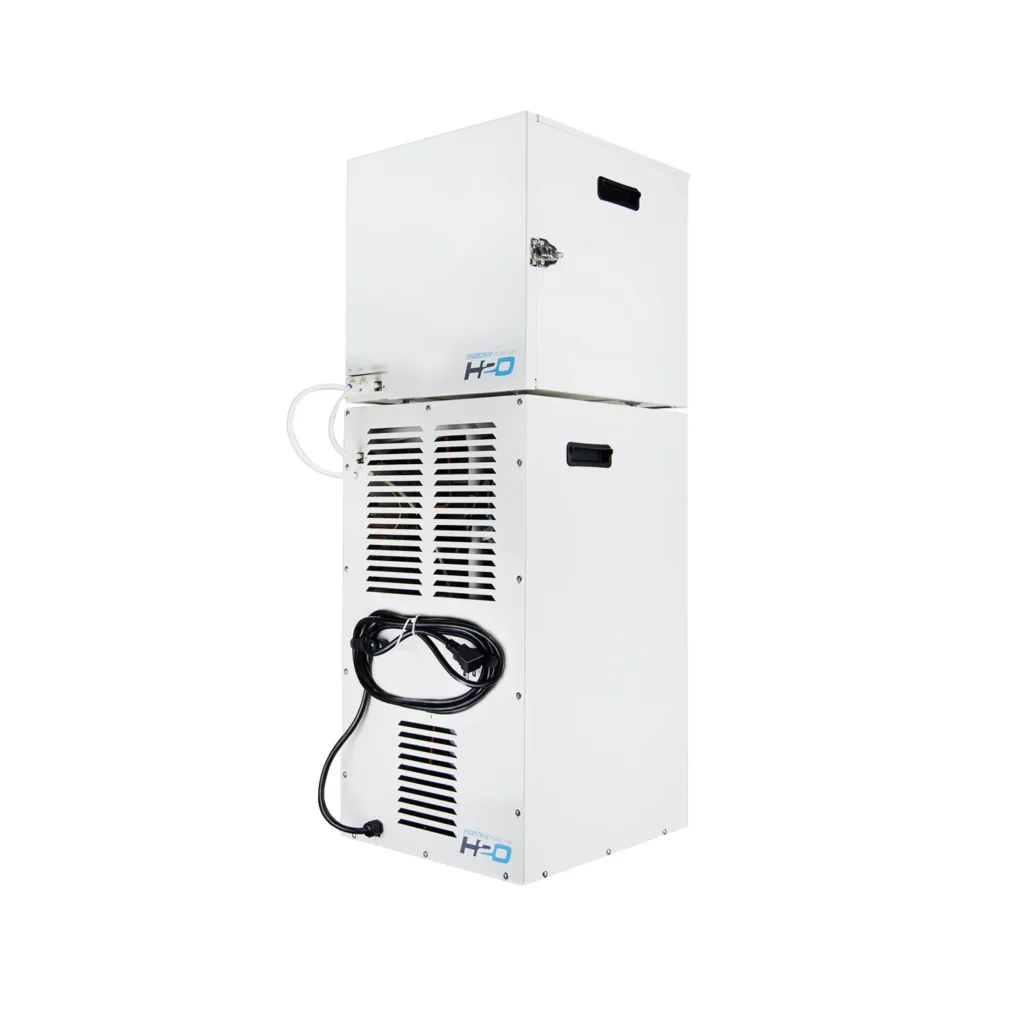
Introduction
Access to clean drinking water is a fundamental human right, yet millions of people around the world still lack this basic necessity. In recent years, innovative technologies have emerged to address this issue, including clean drinking water generators that extract water from the air. This article will explore the technology behind these generators and how they are revolutionizing the way we access clean drinking water.
How Do Clean Drinking Water Generators Work?
Clean drinking water generators work by extracting water vapor from the air and converting it into liquid water through a process called condensation. These generators use a combination of cooling and filtration systems to extract water from the air, remove impurities, and produce clean, safe drinking water.
Cooling System
The first step in the water generation process is the cooling system, which works by lowering the temperature of the air to below its dew point. This causes the water vapor in the air to condense into liquid water, which is then collected in a storage tank.
Filtration System
Once the water vapor has been condensed into liquid water, it goes through a filtration system to remove any impurities or contaminants. This ensures that the water produced is safe for consumption and meets all regulatory standards for drinking water.
Benefits of Clean Drinking Water Generators
There are several benefits to using clean drinking water generators to access safe drinking water:
1. Sustainability
Clean drinking water generators are a sustainable solution to the global water crisis, as they do not rely on traditional water sources such as rivers or groundwater. By extracting water from the air, these generators help reduce the strain on existing water supplies and promote water conservation.
2. Independence
With clean drinking water generators, communities can become more self-sufficient in meeting their water needs. This is especially beneficial in remote or disaster-prone areas where access to clean water may be limited or unreliable.
3. Cost-Effective
While the initial investment in a clean drinking water generator may be higher than traditional water sources, the long-term cost savings can be significant. By reducing the need for costly infrastructure and transportation of water, these generators can provide a cost-effective solution to accessing clean drinking water.
Applications of Clean Drinking Water Generators
Clean drinking water generators have a wide range of applications, including:
1. Residential Use
Many households are now using clean drinking water generators as a source of safe drinking water. These generators can be installed in homes or communities to provide a reliable and sustainable water supply.
2. Emergency Relief
Clean drinking water generators are also used in emergency relief efforts to provide safe drinking water in disaster-stricken areas. These generators can quickly and efficiently produce clean water, helping to prevent waterborne diseases and save lives.
3. Commercial and Industrial Use
Businesses and industries are increasingly turning to clean drinking water generators to meet their water needs. These generators can provide a reliable and cost-effective source of clean water for manufacturing processes, cooling systems, and other industrial applications.
Conclusion
Clean drinking water generators are a groundbreaking technology that is changing the way we access safe drinking water. By extracting water from the air, these generators provide a sustainable, independent, and cost-effective solution to the global water crisis. With their wide range of applications, clean drinking water generators have the potential to improve access to clean water for millions of people around the world.
#Air #H2O #Technology #Clean #Drinking #Water #Generators
